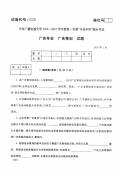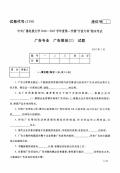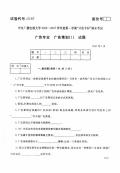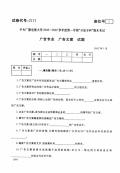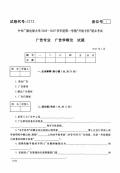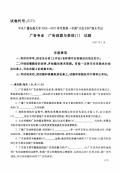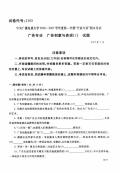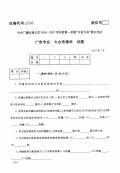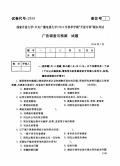国家开放大学:2006—2007学年第一学期“开放本科”广告学专业广告策划期末试题(1月)
文件格式: PDF大小: 226.35KB页数: 5
国家开放大学:2006—2007学年第一学期“开放专科”广告专业广告策划(2)期末试题(1月)
文件格式: PDF大小: 154.42KB页数: 4
国家开放大学:2006—2007学年第一学期“开放专科”广告专业广告策划(1)期末试题(1月)
文件格式: PDF大小: 143.77KB页数: 4
国家开放大学:2006—2007学年第一学期“开放专科”广告专业广告文案期末试题(1月)
文件格式: PDF大小: 212.86KB页数: 5
国家开放大学:2006—2007学年第一学期“开放专科”广告专业广告心理学期末试题(1月)
文件格式: PDF大小: 328.65KB页数: 5
国家开放大学:2006—2007学年第一学期“开放专科”广告专业广告学概论期末试题(1月)
文件格式: PDF大小: 214.18KB页数: 5
国家开放大学:2006—2007学年第一学期“开放专科”广告专业广告创意与表现(2)期末试题(1月)
文件格式: PDF大小: 230.68KB页数: 5
国家开放大学:2006—2007学年第一学期“开放专科”广告专业广告创意与表现(1)期末试题(1月)
文件格式: PDF大小: 217.97KB页数: 6
国家开放大学:2006—2007学年第一学期“开放专科”广告专业大众传播学期末试题(1月)
文件格式: PDF大小: 173.95KB页数: 5
国家开放大学:2013—2014学年第二学期“开放专科”广告专业广告调查与预测期末试题(7月)
文件格式: PDF大小: 185.77KB页数: 6

